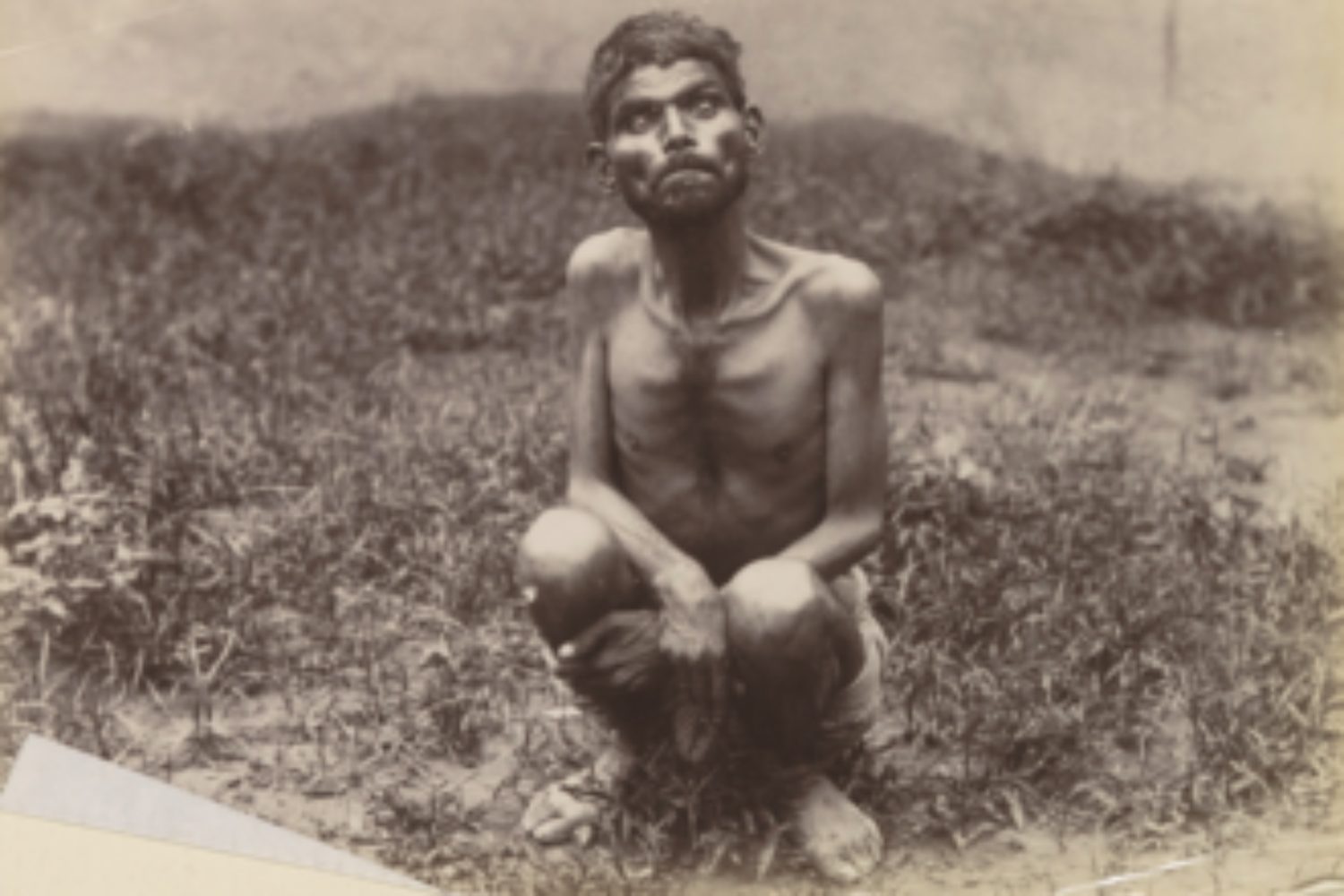Dina Sanichar was discovered at the age of six in a cave and immediately showed behavior similar to that of a wolf, without ever managing to have typically human habits

@Wikipedia
The story of Dina Sanichar is one of the most incredible accounts of a human who grew up isolated from society. Born around 1860 in India, Dina was discovered by a group of hunters in 1867 in a wolf-infested cave in the Bulandshahr region. This six-year-old child behaved exactly like a wolf, and his appearance sent shockwaves of both unbelief and curiosity.
Astounded by his movements on all fours and unintelligible guttural sounds, the hunters brought him to the orphanage at the Sikandra Mission in Agra. There, he was named Dina Sanichar, after the day he was found—a Saturday (“Sanichar” in Hindi). However, for him, fitting into human life was simply an overwhelming task.
Raised among wolves
Because he had grown up among wolves, Dina formed habits from his life in the wild: he could not utter a word but only made some sounds and howled, and ate raw meat, cleaning his teeth with bones afterward.
He never socialized with society
Besides all the missionaries’ efforts, Dina never managed to learn human language and get fully integrated into society. He spoke very little, and his behavior continued to express animalistic traits.
As years passed, he managed to achieve upright walking, and some kind of human actions, such as getting dressed; his mental and social development took a severe hit, though-as a child he was never allowed contact with a human being. Among the limited numbers of the human behaviors which he picked up included smoking-the probable factor making his health weaker.
Dina Sanichar lived into his death due to tuberculosis in 1895, an ailment so common and usually lethal at that time. His case has been compared many times with the story of Mowgli, the character in Rudyard Kipling’s famous The Jungle Book, though without a happy ending and much more tragic, which was the reality in Dina’s case.
